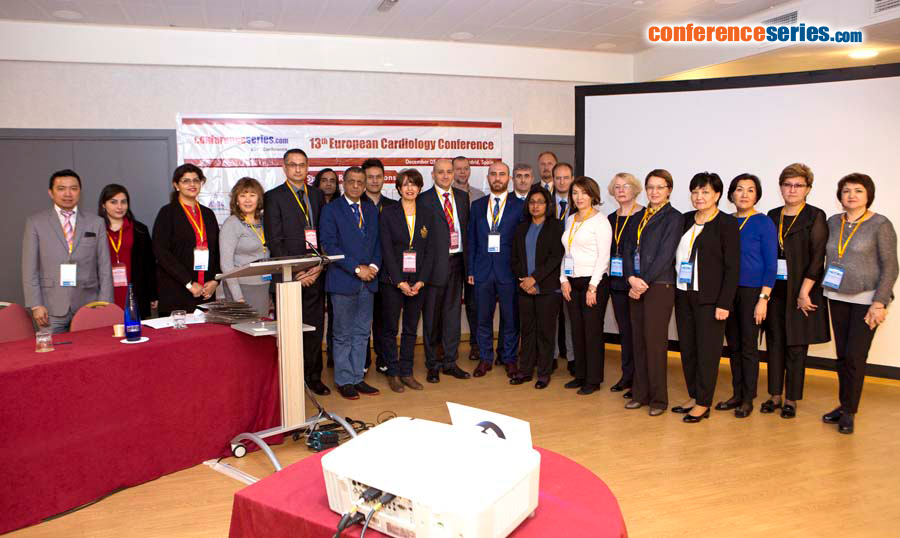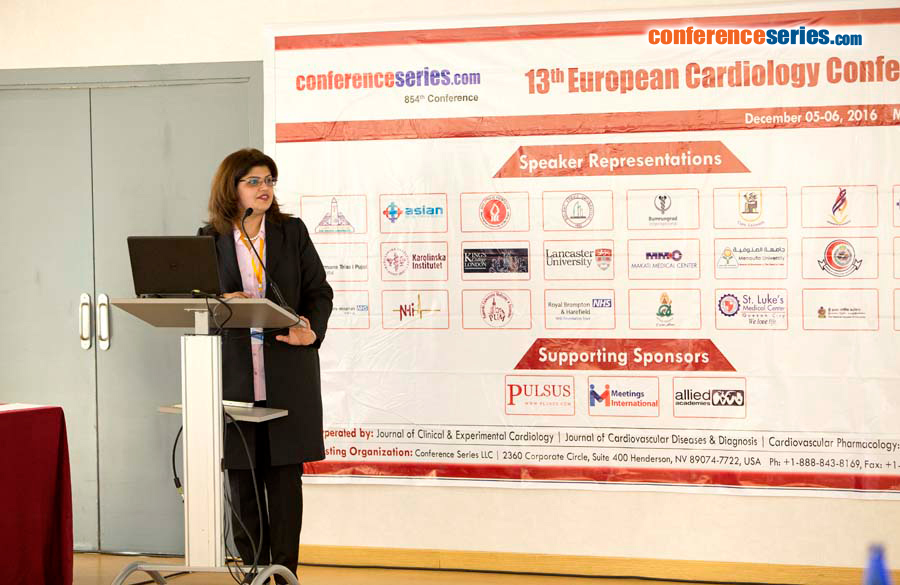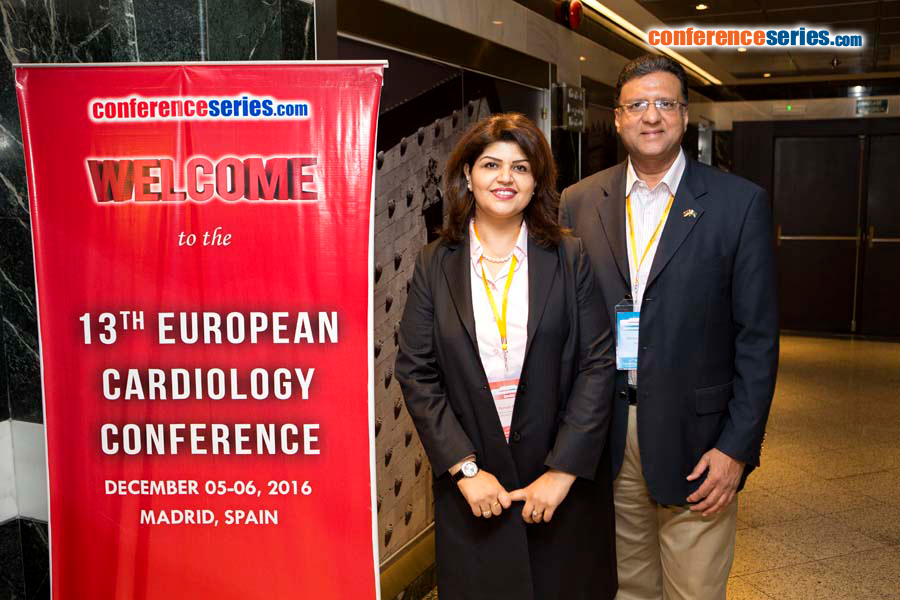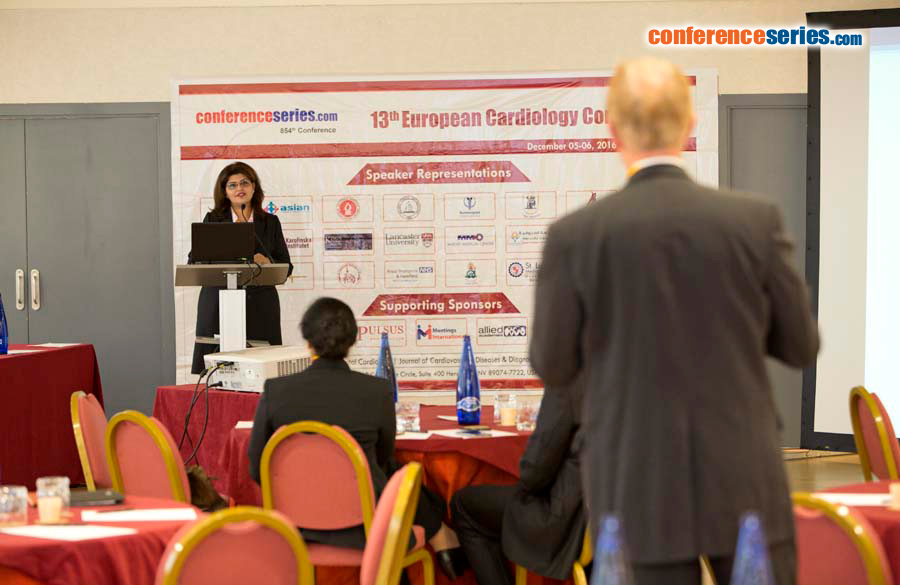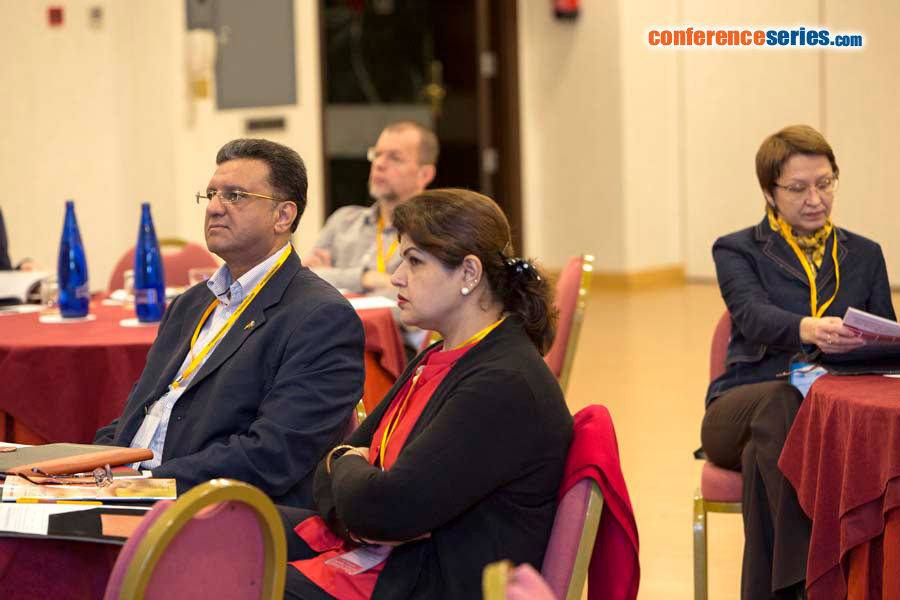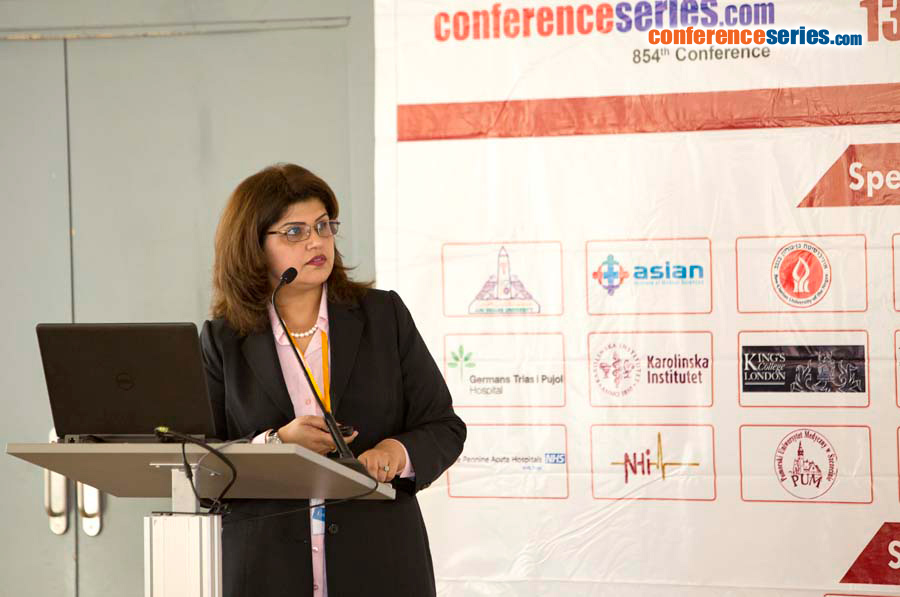
Farrah Pervaiz
Armed Forces Institute of Cardiology and National Institute of Heart Disease, Pakistan
Title: Reducing surgical site infections through quality improvement initiative: A tertiary cardiac care facility experience in a developing country
Biography
Biography: Farrah Pervaiz
Abstract
Amongst healthcare associated infections (HAIs), surgical site infections (SSIs) are a preventable cause of increased morbidity and mortality and are associated with substantial financial costs. SSI rates are an indicator of the quality of surgical and postoperative care, which necessitates the need for robust surveillance systems for these healthcare associated infections. Patients undergoing coronary artery bypass grafting (CABG) are at a greater risk for infection due to their relatively older age and the presence of comorbid conditions like diabetes mellitus and obesity.
Objective: To establish the adult cardiothoracic surgical site infections registry to determine adult surgical site infection (SSI) rates and study impact of quality improvement initiatives on SSI rates.
Methods: The Adult Cardiothoracic SSI registry was developed at Armed Forces Institute of Cardiology and National Institute of Heart Disease, Rawalpindi, Pakistan. Monthly SSI rates were monitored for both CABG and valvular heart surgeries inclusive of chest and leg SSIs instituted to control the increased SSI rate in October 2014 after a multidisciplinary approach.
Results: A total number of 1341 cardiac surgeries were carried out and the cumulative SSI rate was 1.7% (n=23) for a period of one year i.e. August 2014 to August 2015, The SSI rate for chest infections was 22% (n=6) and for leg wound (harvest site) infections was 78% (n=17). There was an increase in SSI rate 5% (n= 04) during October 2014. After process improvements the rate declined to 1% in November 2014 and has remained less than or equal to 2% as of August 2015.
Conclusion: A high SSI rate was investigated and multi-modal process improvements and infection control measures were implemented, leading to a decrease in SSI rate from 4% to 1%.


